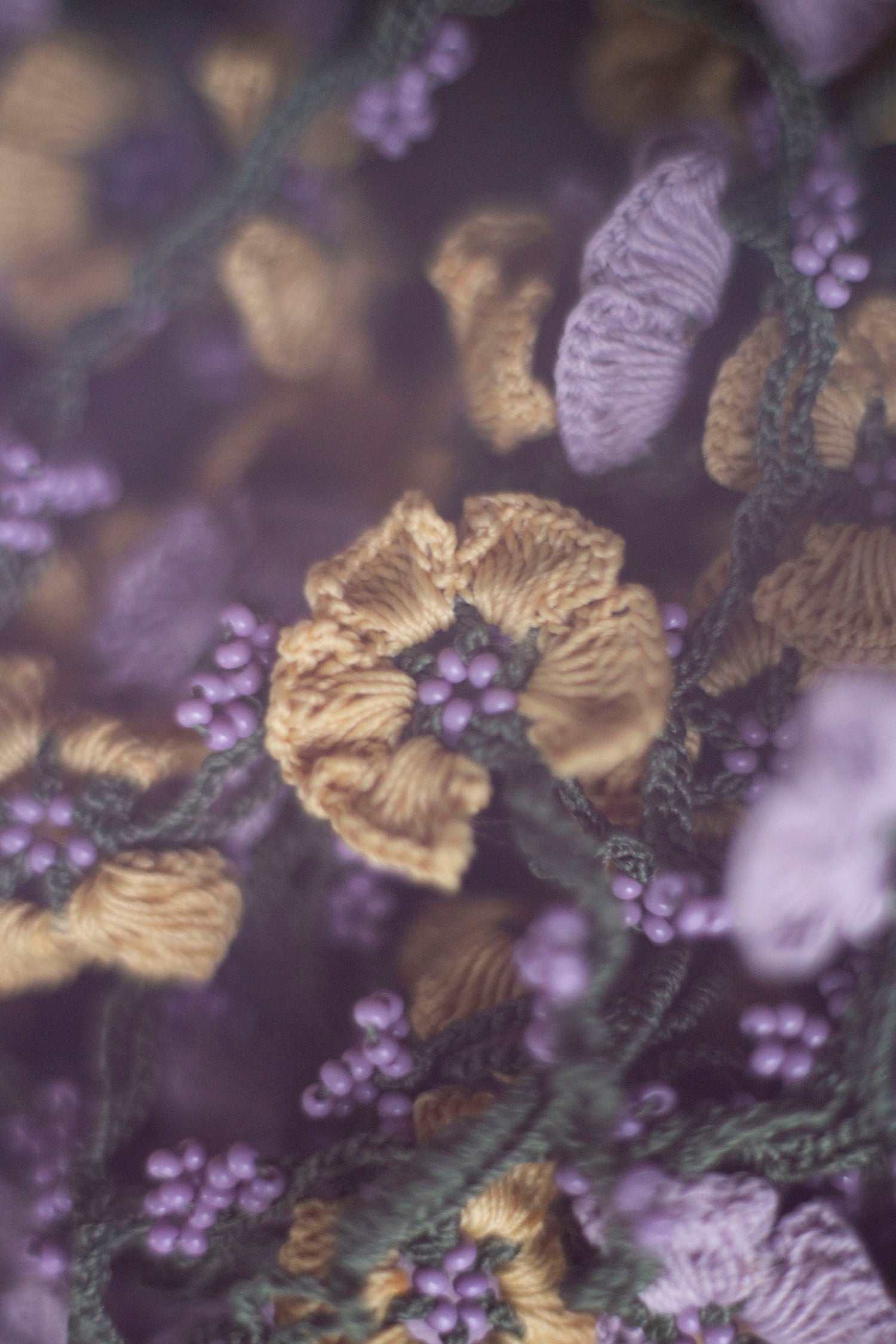By Idil Asan
Idil Asan is a PhD researcher at the University of Cambridge, where she researches humanitarian praxis and the politics of assistance.
It has been more than a year now that the Taliban has taken back power in Afghanistan. As researchers, practitioners, but above all, as concerned individuals we are often exposed to headlines that associate Afghanistan with conflict and violence, blinding us to the rich cultural heritage of this region, and that, it too, is under attack. Afghanistan sits at the heart of the meeting points of ancient trade routes. Historically, Afghanistan has had a large impact on international trade through the Silk Road. The trade of the beautiful blue lapis lazuli stone, for example, dates all the way back to 1300 BC. Today artists are amongst the many professionals who are leaving or have left Afghanistan as a result of conflict and growing socio-economic insecurity. This has had an increasingly negative impact on the crafts sector, especially carpet making, jewelry, and glassware.
An arts centre in the Herat province of Afghanistan, funded by UNHCR, is amongst the projects that focuses on preserving Afghan crafts in the country. While aid organisations have been calling for unprecedented amounts of funding into the region, decades of research demonstrates that reliance on humanitarian aid alone obscures long-term, rights-based approaches. In its classical sense, humanitarianism has always been about ‘here and now’. Focusing only on relief in the present means that sustainable approaches are relegated to the background. However, in contrast to traditional top-down assistance schemes which depit recipients of aid as passive, this arts centre is committed to upholding a narrative that centers sustainable and resilient futures as its primary objective. Concerned with building skills and networks amongst local artists, and connecting them to global markets, this art centre is an example of the importance of local ownership of aid.
To talk about how Afghanistan can become more self-sufficient and the importance of craftsmanship in this regard, we talked to Zhilla from the Made in Afghanistan project, which is an initiative under the international NGO Wadan. The project engages 50 female artisans from Herat who are refugee returnees, internally displaced people and host communities. Essentially, the aim of the project is to (re)introduce Afghan arts to the world, and provide financial support for local women to practice their arts. Our conversation, edited for length and clarity, is below. We discussed the role of crafts in building resilient futures, what it means for Afghan women to do craft, and how the world might change their perception of Afghanistan through craftsmanship.
Many of Afghanistan’s finest antiquities and artifacts were stolen during the war, ending up in elite museums around the world. Why do you think it is important that the world knows about afghan craftsmanship and arts?
We have to keep our arts alive so that the world can get to know us through our arts and craftsmanship. We need to find windows to show the world what we are capable of. The women we are working with want to speak to the world through their crafts and show the world we have a history, a heritage. Afghanistan has a very precious history. Once this country had a huge empire and kingdoms and we were independent. We had good economic conditions. Now our situation is declining, but we still want to show the world that we are alive.
We know that some countries are exporting our arts and craftsmanship and promoting it as their own. They don't credit Afghanistan at all because the ‘Made in Afghanistan’ label is associated with negative sentiments. We want to change this. We do not want to be known for conflict, backwardness, insecurity and bad economic conditions. This is why it is important for us to work with international companies like Østerland, who are importing our product to Denmark, so the world can get to know us through new ways that are reflective of who we are.
Crafts have always been part of Afghan culture and daily practice. What do you think is the role of crafts in building resilient futures?
Most of the artisans are IDPs, returnees and vulnerable women from the host community. We have so many challenges in Afghanistan. Political challenges, economical challenges. We are trying to encourage the artisans to stay here and practice their craftsmanship in Afghanistan instead of becoming refugees in a third country. In order to achieve this, we provide them with market knowledge, training, product development and then we connect them with local and global markets. And most importantly, their art is exhibited to a national audience in Afghanistan.
We need more support from the international market in exporting our craftsmanship. I believe that Afghanistan can reach independence, if we can increase our exports. According to the International Labour Organization, Afghanistan is currently at the bottom of the list of countries exporting globally. We have so many things in our country, but we need to be connected to the global market to achieve this, and stop relying on imported goods from China.
Can you tell us a bit more about the women from the art center?
There are around 100 artisans in the different departments of the center. Some do embroidery, some do carpet weaving, others do painting, and make jewelleries. The women are between the ages of 18 and 45. Most of them were internally displaced because of the war and financial insecurity. They come from Ghazni, Bamiyan, or returnees from Iran or Pakistan. Most of the women are doing the craftsmanship from home, which provides them with a secure environment for practicing their craft.
Conclusion
When does aid stop, and when do these projects become self-sufficient? While this particular project seems to be redistributing power in a way that gives agency to local actors as opposed to international organisations, we think it is necessary to maintain a critical perspective on international aid. Aid-funded projects should prioritize local capacity at all levels of design through inclusive participatory approaches to facilitate sustainable long-term approaches. ‘Aiding crafts’ through inclusive projects like this one, local artists are connected to national and international markets, and thus, (re)claim ownership of their practices.
We want to send a message to the world through art’, says Zhilla. As a final note, our conversation is also a reminder of conscious consumerism. As buyers, we should be mindful about where our products come from, how they are made, and what we are contributing to through our purchases.




